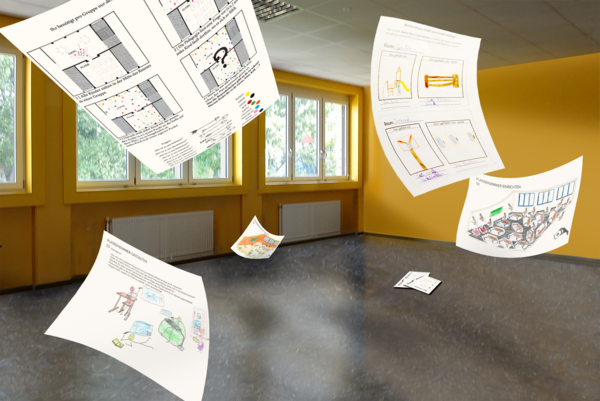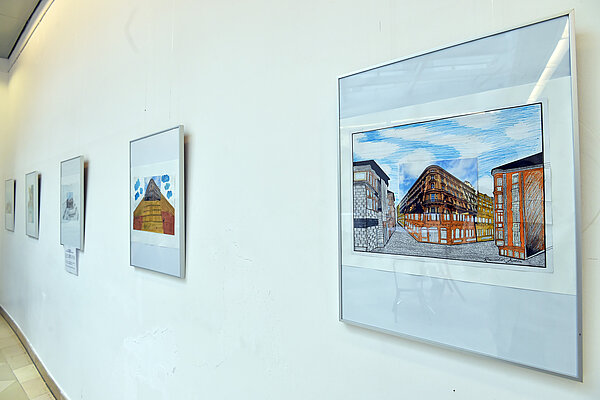IBA meets school
Schools, kindergartens, youth recreational, cultural and educational facilities are essential anchor points of public life. They are increasingly developing into learning and living spaces with new pedagogical and architectural concepts.
They also play an important role in integrating new and existing neighborhoods. They are places of encounter and, as diverse educational landscapes, also open up to the city beyond their pure school function. The participation and involvement of the residents are just as important development principles as the socially networked offers of extracurricular child and youth work. In this way, children and young people become active players in society and in the urban space.
With its spatial implementation of contemporary pedagogical concepts in the form of open, diverse educational landscapes, the Viennese Campus Model, launched in 2009, has provided an enormous boost to innovation in school construction. The classroom dissolves and space starts moving, becoming the “third educator.” If the needs of children and young people are integrated at an early stage, the young generation becomes a co-designer of neighborhood identity. IBA_Vienna therefore cooperates with school policy and educational institutions from the very beginning. In the projects and neighborhoods of IBA_Vienna, educational buildings thus play a central role and interact closely with housing.
![[Translate to English:] IBA goes Schule (c) PID/ Votava © PID/ Votava](/fileadmin/user_upload/galleries/003_IBA_Projekte_u_Gebiete/03_Begleitprojekte/Schulprojekt/PID_Votava.jpg)


